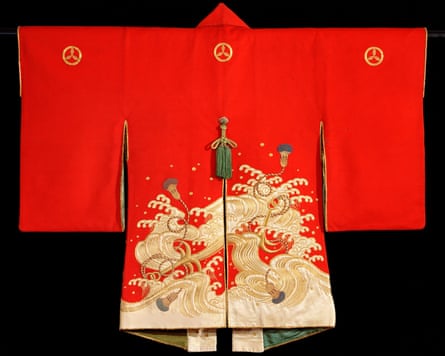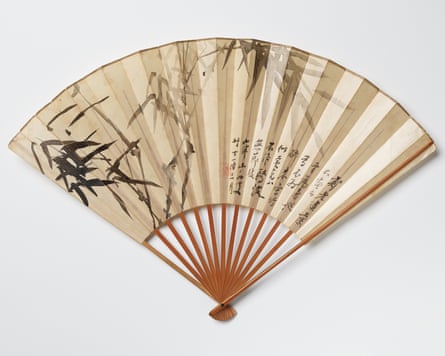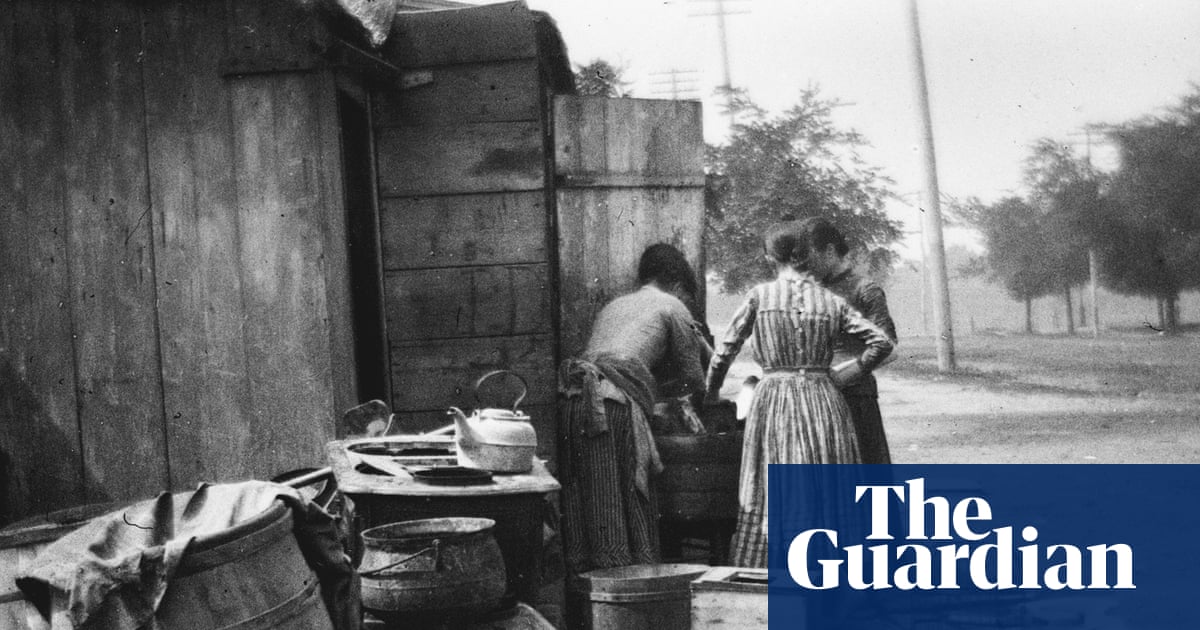A groundbreaking samurai exhibition that promises to challenge “everything we think we know about Japan’s warrior elite” spanning a millennium of myth and reality is to open at the British Museum next year.
Titled Samurai, the blockbuster exhibition will reveal a world beyond armour-clad warriors and epic duels, as popularised by the noble, katana-wielding heroes of Akira Kurosawa’s classic action films and PlayStation’s hit video games.
Much of the samurai myth – including even the word “samurai” – was invented long after their heyday, a modern phenomenon linked to mass media and pop culture.
The exhibition, which opens in February, will also show that, far from being a male warrior cult, samurai women were educated, governed and even fought.

Rosina Buckland, the exhibition’s lead curator, told the Guardian: “This is the first exhibition to tackle the myths. Most of the previous exhibitions have been about the ‘boys’ toys’, as I call them sometimes, somewhat facetiously – the weapons.
“There have also been exhibitions, particularly in Japan, about the arts of the samurai. But this is trying to say that there’s a lot that is misunderstood and based on myth.”
Recalling that the British Museum previously staged two exhibitions on samurai swords, she said: “Swords are important, but they are by no means the whole story. So this is going to be much bigger than has ever been attempted before …
“What I want to address in the exhibition is the way that perception of the samurai has become narrowed down to just this male warrior in armour wielding a sword.
“That’s a tiny part of what they were over hundreds of years. They were warriors in the beginning, but there was a balance between the military and the literary and the artistic. So that’s a huge part of the story.”
She added: “This rediscovery of female samurai history reframes centuries of gendered myth and challenges the hyper-masculine image of the samurai that still dominates film, anime and gaming.”
The samurai emerged in the 900s as mercenaries for the imperial court. They were formidable and fearsome warriors during the middle ages.
They gained political dominance from the 1100s and, during a long era of peace from 1615, they became government officials, scholars and patrons of the arts. By the late 19th century, their hereditary status had been abolished as Japan modernised itself.
The exhibition will feature more than 280 objects, many of which have never been seen in the UK before. It will also draw on the British Museum’s own collection – one of the largest outside Japan – whose objects are too delicate to be displayed permanently.

As well as arms and armour, there will be paintings, woodblock prints, books, clothing and ceramics.
“Because the samurai were elite, the best quality objects were made for them,” Buckland said. “Different types of clothing for samurai men and women differentiated them from the other classes in society. Most importantly, the men were allowed to wear two swords.”
Exhibits to be seen for the first time include a spectacular suit of armour recently acquired by the British Museum. Its helmet and golden standard, shaped like iris leaves and coated in gold leaf, made the wearer both identifiable and fearsome.
Buckland said that such suits were recycled over the centuries, reusing the robust sections from those inherited from previous generations and remaking more delicate ones such as silk sleeves, among other elements. Even away from the battlefield, a suit of armour was a status symbol.
In one such exhibit, the oldest part dates from 1519, while other details were made in the early 19th century.

The exhibition will reflect that the samurai enjoyed centuries of peace, with plenty of time to pursue artistic and intellectual interests. The paintings range from a cute cat depicted by a samurai lord’s wife to botanical studies.
There is also a firefighting jacket that women wore while serving within Edo Castle. Fires were so common in the wooden city of Edo – present-day Tokyo – that the fires were known as the “flowers of Edo”, and this jacket’s watery motifs of tasselled anchors and waves evoke protection against the flames. High-ranking samurai were responsible for raising the alarm, supervising firefighting and evacuations.
The word “samurai” is used increasingly in Japan but only because it is used by foreigners, Buckland said: “It’s difficult to unearth when it started to be used by foreigners. That was a long time ago.
“But there are other words in Japanese that mean warrior or member of the military class. Literally, samurai means something like ‘subordinate’. It’s actually got quite a pejorative sense, which is why it was never previously used in Japanese.
“In the early times, the word for warrior was ‘musha’ and, in the later times when the samurai were in charge of everything, they were called ‘bushi’.”
Buckland observed the Japanese have imported some of the western perceptions “because it’s useful for the tourist industry”.
She added: “I went to a hotel last year and was greeted by three virtual check-in receptionists, Godzilla, a geisha – and a samurai warrior.”
-
Samurai is at the British Museum from 3 February to 4 May 2026. Tickets go on sale on Monday 10 November.

 2 hours ago
4
2 hours ago
4

















































